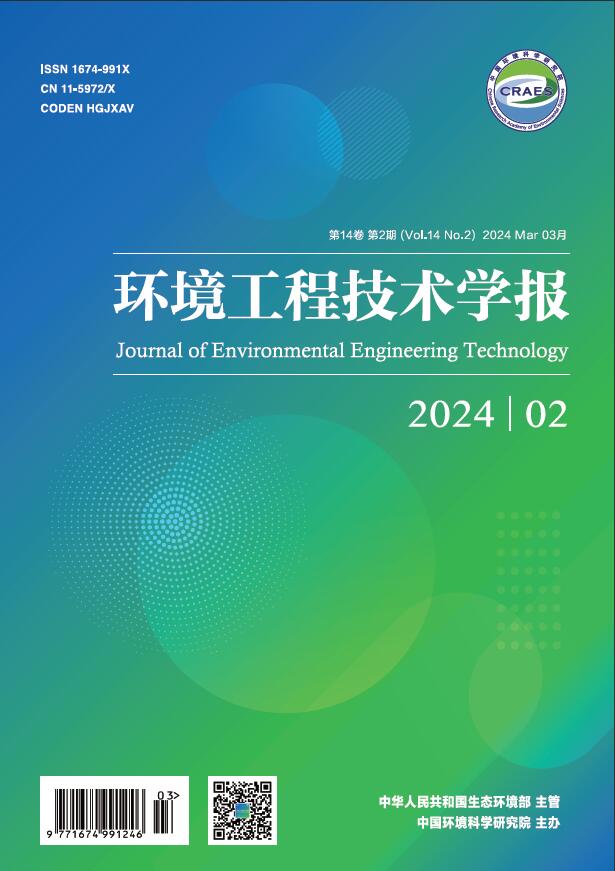Abstract:
To reflect the new national vision for ‘Low Carbon, Green Growth’, with an aim of becoming one of the top greenest countries, the Korean government takes positive action in legislation. Currently, a green growth law system, covering fields of agriculture, manufacture, transportation, construction, power and water supply, has been established. Meanwhile, it has adopted a series of policies and measures to prompt practice in green growth. Since China is in key economic transition, the analysis on Korea’s green growth law system may provide us with some useful cues in legislation and practice for low carbon, circular and green development. China should set up a national law system gradually, so that it can positively cope with the global energy and climate issues and effectively boost the domestic green growth. In addition, the measures with Chinese characteristics that can influence public awareness and change public behaviors should also be taken to advance low carbon, circular and green development.


